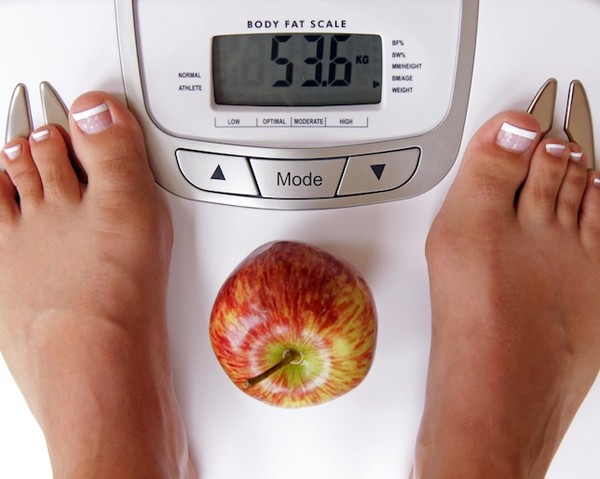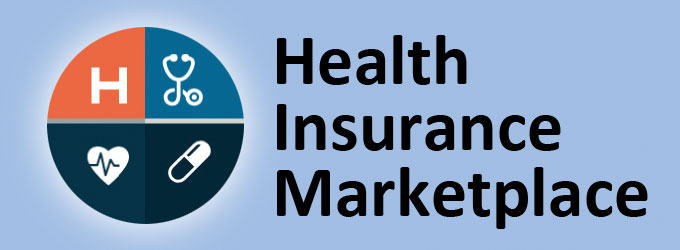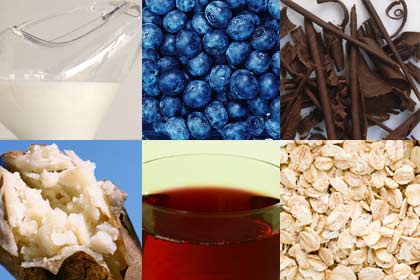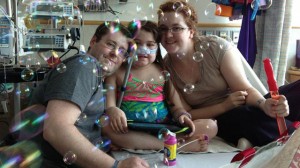HOW YOUR KIDNEYS WORK
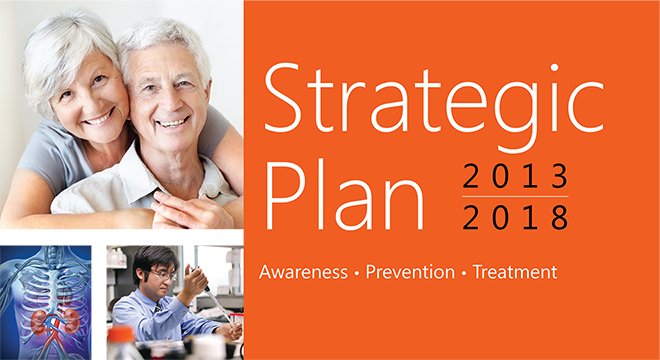
Why Are the Kidneys So Important?
Most people know that a major function of the kidneys is to remove waste products and excess fluid from the body. These waste products and excess fluid are removed through the urine. The production of urine involves highly complex steps of excretion and re-absorption. This process is necessary to maintain a stable balance of body chemicals.
The critical regulation of the body’s salt, potassium and acid content is performed by the kidneys. The kidneys also produce hormones that affect the function of other organs. For example, a hormone produced by the kidneys stimulates red blood cell production. Other hormones produced by the kidneys help regulate blood pressure and control calcium metabolism.
The kidneys are powerful chemical factories that perform the following functions:
- remove waste products from the body
- remove drugs from the body
- balance the body’s fluids
- release hormones that regulate blood pressure
- produce an active form of vitamin D that promotes strong, healthy bones
- control the production of red blood cells
Below you will find more information about the kidneys and the vital role they play in keeping your body functioning.
Where Are the Kidneys and How Do They Function?
There are two kidneys, each about the size of a fist, located on either side of the spine at the lowest level of the rib cage. Each kidney contains up to a million functioning units called nephrons. A nephron consists of a filtering unit of tiny blood vessels called a glomerulus attached to a tubule. When blood enters the glomerulus, it is filtered and the remaining fluid then passes along the tubule. In the tubule, chemicals and water are either added to or removed from this filtered fluid according to the body’s needs, the final product being the urine we excrete.
The kidneys perform their life-sustaining job of filtering and returning to the bloodstream about 200 quarts of fluid every 24 hours. About two quarts are removed from the body in the form of urine, and about 198 quarts are recovered. The urine we excrete has been stored in the bladder for anywhere from 1 to 8 hours.
What Are Some of the Causes of Chronic Kidney Disease?
Chronic kidney disease is defined as having some type of kidney abnormality, or “marker”, such as protein in the urine and having decreased kidney function for three months or longer.
There are many causes of chronic kidney disease. The kidneys may be affected by diseases such as diabetes and high blood pressure. Some kidney conditions are inherited (run in families).
Others are congenital; that is, individuals may be born with an abnormality that can affect their kidneys. The following are some of the most common types and causes of kidney damage.
Diabetes is a disease in which your body does not make enough insulin or cannot use normal amounts of insulin properly. This results in a high blood sugar level, which can cause problems in many parts of your body. Diabetes is the leading cause of kidney disease.
High blood pressure (also known as hypertension) is another common cause of kidney disease and other complications such as heart attacks and strokes. High blood pressure occurs when the force of blood against your artery walls increases. When high blood pressure is controlled, the risk of complications such as chronic kidney disease is decreased.
Glomerulonephritis is a disease that causes inflammation of the kidney’s tiny filtering units called the glomeruli. Glomerulonephritis may happen suddenly, for example, after a strep throat, and the individual may get well again.However, the disease may develop slowly over several years and it may cause progressive loss of kidney function.
Polycystic kidney disease is the most common inherited kidney disease. It is characterized by the formation of kidney cysts that enlarge over time and may cause serious kidney damage and even kidney failure. Other inherited diseases that affect the kidneys include Alport’s Syndrome,primary hyperoxaluria and cystinuria.
Kidney stones are very common, and when they pass, they may cause severe pain in your back and side. There are many possible causes of kidney stones, including an inherited disorder that causes too much calcium to be absorbed from foods and urinary tract infections or obstructions. Sometimes, medications and diet can help to prevent recurrent stone formation. In cases where stones are too large to pass, treatments may be done to remove the stones or break them down into small pieces that can pass out of the body.
Urinary tract infections occur when germs enter the urinary tract and cause symptoms such as pain and/or burning during urination and more frequent need to urinate. These infections most often affect the bladder, but they sometimes spread to the kidneys, and they may cause fever and pain in your back.
Congenital diseases may also affect the kidneys. These usually involve some problem that occurs in the urinary tract when a baby is developing in its mother’s womb. One of the most common occurs when a valve-like mechanism between the bladder and ureter (urine tube) fails to work properly and allows urine to back up (reflux) to the kidneys, causing infections and possible kidney damage.
Drugs and toxins can also cause kidney problems. Using large numbers of over-the-counter pain relievers for a long time may be harmful to the kidneys. Certain other medications, toxins, pesticides and “street” drugs such as heroin and crack can also cause kidney damage
How is Chronic Kidney Disease Detected?
Early detection and treatment of chronic kidney disease are the keys to keeping kidney disease from progressing to kidney failure. Some simple tests can be done to detect early kidney disease. They are:
- Blood pressure measurement
- A test for protein in the urine. An excess amount of protein in your urine may mean your kidney’s filtering units have been damaged by disease. One positive result could be due to fever or heavy exercise, so your doctor will want to confirm your test over several weeks.
- A test for blood creatinine. Your doctor should use your results, along with your age, race, gender and other factors, to calculate your glomerular filtration rate (GFR). Your GFR tells how much kidney function you have. To access the GFR calculator, click here.
It is especially important that people who have an increased risk for chronic kidney disease have these tests. You may have an increased risk for kidney disease if you:
- are older
- have diabetes
- have high blood pressure
- have a family member who has chronic kidney disease
- are an African American, Hispanic American, Asians and Pacific Islander or American Indian.
If you are in one of these groups or think you may have an increased risk for kidney disease, ask your doctor about getting tested.
Can Kidney Disease Be Successfully Treated?
Many kidney diseases can be treated successfully. Careful control of diseases like diabetes and high blood pressure can help prevent kidney disease or keep it from getting worse. Kidney stones and urinary tract infections can usually be treated successfully. Unfortunately, the exact causes of some kidney diseases are still unknown, and specific treatments are not yet available for them. Sometimes, chronic kidney disease may progress to kidney failure, requiring dialysis or kidney transplantation. Treating high blood pressure with special medications called angiotensin converting enzyme (ACE) inhibitors often helps to slow the progression of chronic kidney disease. A great deal of research is being done to find more effective treatment for all conditions that can cause chronic kidney disease.
How is Kidney Failure Treated?
Kidney failure may be treated with hemodialysis, peritoneal dialysis or kidney transplantation. Treatment with hemodialysis (the artificial kidney) may be performed at a dialysis unit or at home. Hemodialysis treatments are usually performed three times a week. Peritoneal dialysis is generally done daily at home. Continuous Cycling Peritoneal Dialysis requires the use of a machine while Continuous Ambulatory Peritoneal Dialysis does not. A kidney specialist can explain the different approaches and help individual patients make the best treatment choices for themselves and their families.
Kidney transplants have high success rates. The kidney may come from someone who died or from a living donor who may be a relative, friend or possibly a stranger, who donates a kidney to anyone in need of a transplant.
What Are the Warning Signs of Kidney Disease?
Kidney disease usually affects both kidneys. If the kidneys’ ability to filter the blood is seriously damaged by disease, wastes and excess fluid may build up in the body. Although many forms of kidney disease do not produce symptoms until late in the course of the disease, there are six warning signs of kidney disease:
- High blood pressure.
- Blood and/or protein in the urine.
- A creatinine and Blood Urea Nitrogen (BUN) blood test, outside the normal range. BUN and creatinine are waste that build up in your blood when your kidney function is reduced.
- A glomerular filtration rate (GFR) less than 60. GFR is a measure of kidney function.
- More frequent urination, particularly at night; difficult or painful urination.
- Puffiness around eyes, swelling of hands and feet.
(Source: Kidneys.Org)



